SPACE

Britain To Launch Its First-Ever UFO Tour at Rendlesham Forest, Where 17 Spooky Sightings Appeared in the 1980s
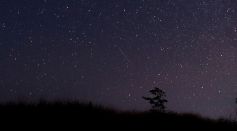
Lyrid Meteor Shower, Eta Aquarid Happening Soon: Here Are Some Magnificent Sky Viewing Events You Should Await in the Coming Months
1,312-Foot Asteroid Will Pass Close to Earth Next Week With 22 Times Speed of a Bullet, NASA Warns
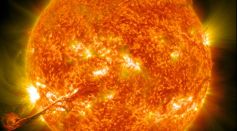
ESA's Solar Orbiter Captures Tiny Magnetic Phenomenon on Sun's Outer Atmosphere That Makes It So Hot
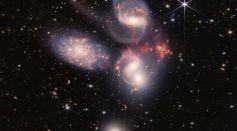
NASA's James Webb Space Telescope Spotted Six Galaxies That Should Not Exist, Challenging Conventional Understanding
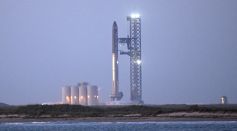
Elon Musk: SpaceX’s Starship Test Launch Only Has 50% Success Rate, Might Even Explode Like Its Predecessors
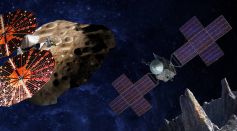
NASA's Lucy Mission Shares First Images of Four Jupiter Trojan Asteroids

Virtual Expedition on Mars? Caltech's Spectacular 5.7 Terapixel Image of the Red Planet Reveals Impact Craters, Cliffsides, Other Stunning Details
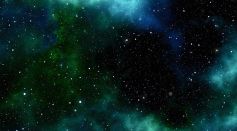
Puny Galaxy With Strong Star Formation Power Spotted Through James Webb Space Telescope; What Does This Reveal About How Galaxies Form?
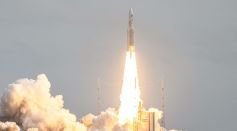
ESA's Juice Satellite Successfully Blasted Into Space Now on Its Way to Jupiter in Search of Extraterrestrial Life

First Exoplanet Discovered Through Direct Imaging, Precision Astrometry Using Subaru Telescope
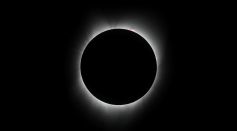
Rare Hybrid Total Solar Eclipse Set to Happen Next Week: Here's What You Need to Know

Mysterious Bone-like Structure Spotted on Mars' Gale Crater Causing Speculations That Dinosaurs Once Roamed the Red Planet
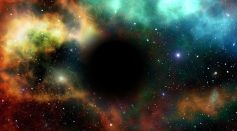
AI Boosts Image of Supermassive Black Hole M87 to Full Resolution, Leading to Stunning Results
Most Popular

10 Weird Things the Human Body Does—and the Science Behind These Biological Mysteries

Why Mega Typhoons Keep Getting Stronger: The Science Behind Typhoon Formation and Extreme Weather

Top Space Technology Trends and Aerospace Innovations Revolutionizing the World Today

How Plate Tectonics Trigger Earth's Most Dangerous Disasters Through Powerful Seismic Hazards





